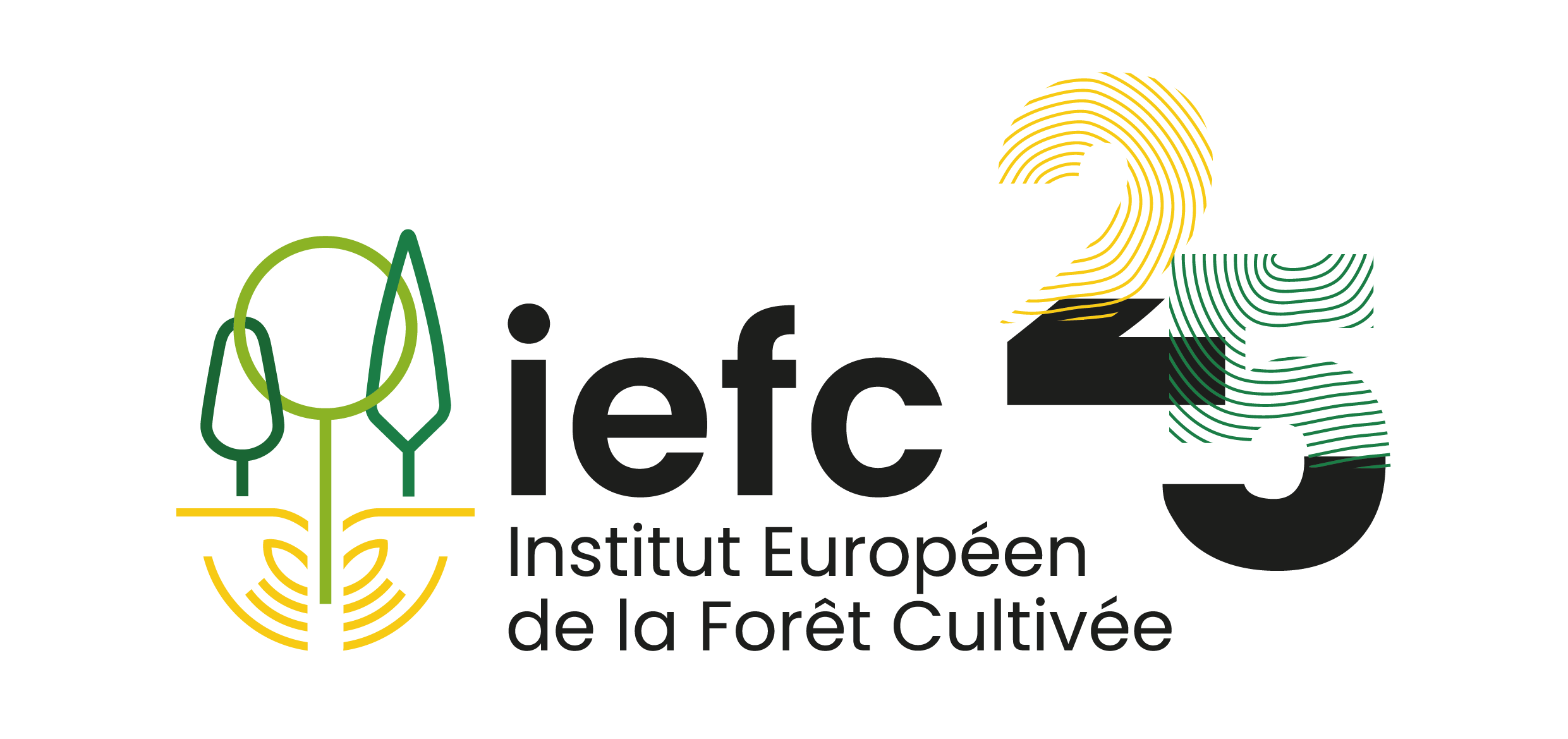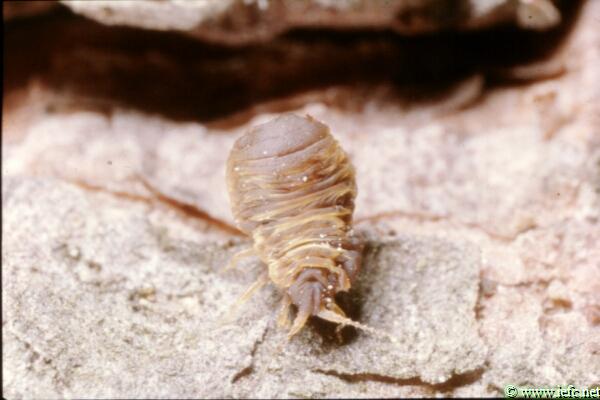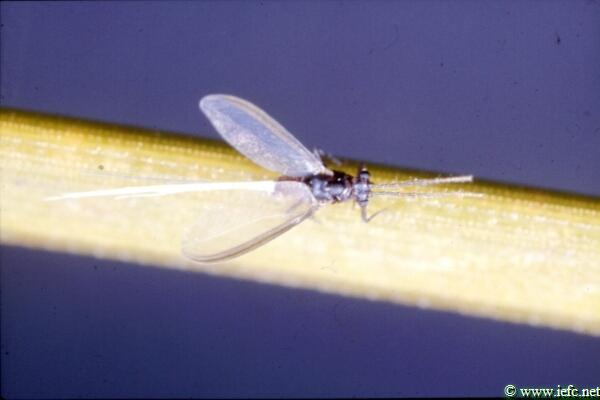Maritime pine bast scale
Matsucoccus feytaudi Duc (Hemiptera, Matsucoccidae)
Host tree
Only the Maritime pine (Pinus pinaster).
Identification
- From September to January, presence of small brownish dots (larvae), 3 mm in diameter, along the deep cracks of the bark of the trunk. Larvae are mainly located at mid-height of the trunk, under the tree crown.
- From December to March, presence of small white cocoons (with male pupae), 5 mm long, in the cracks of the bark.
- In intensively infested trees presence of resin droplets on the trunk (visible all year) and reddish needles on the lowest shoots.
- Attacks occur only on trees older than 10 years.
Damage
- In outbreak conditions, sap sucking by larvae induces intense resin exudation and weakening of the tree, resulting in growth decrease.
- Intensively infested and weakened trees are more prone to attacks by bark beetles and pine weevils that usually kill them.
Biology
- There is one generation per year (partial second in Portugal).
- Females (without wings) and flying males mate in late winter on the trunk. Females lay eggs in bark cracks in early spring.
- Young larvae are mobile and wind-dispersed. They fix themselves with their stylet at the bottom of the deepest cracks. They stop their development in summer.
- Old larvae loose their legs and suck the sap of the tree in autumn and winter. Males have one more stage as mobile nymph (late winter) than females.
Risk factors
- Eastern provenances of Maritime pine (Southeast France, Corsica, Italy) are the most susceptible, Moroccan and Portuguese provenances are the least.
- Slow growing trees are more susceptible, rapidly expressing weakening symptoms and they are more prone to attacks of bark beetles and pine weevils.
Distribution
- Originates from the western part of the natural range of its host, Pinus pinaster, i.e. Portugal, Spain, France, Morocco and Algeria. It is invading the eastern part of the host distribution, being now present in South-eastern France, northern Italy and Corsica.
Pest management
Monitoring
- In winter, use of pheromone traps.
- In autumn, bark at mid-height of the trunk to observe brown dots (larvae) at the surface of the phloem.
Preventive measurements
- Use of resistant Maritime pine provenances.
- Apply fertilisation and/or severe thinning to increase tree vigour.
Curative control
- In France: application of delthamethrin is allowed on trunks in spring (against larvae). It is only recommended for valuable trees (parks and gardens).
- There are no insecticides registered in Portugal and Spain against this pest.
Climate change
- As a primary agent (sap sucker) feeding on woody tissues (trunk phloem), Matsucoccus feytaudi should be adversely affected by more sever or prolonged droughts, i.e. causing less damage on water-stressed trees.
- On the other hand, population growth rate decreases with increasing elevation (as observed in Corsica) therefore suggesting that climate warming would benefit the pine bast scale.




